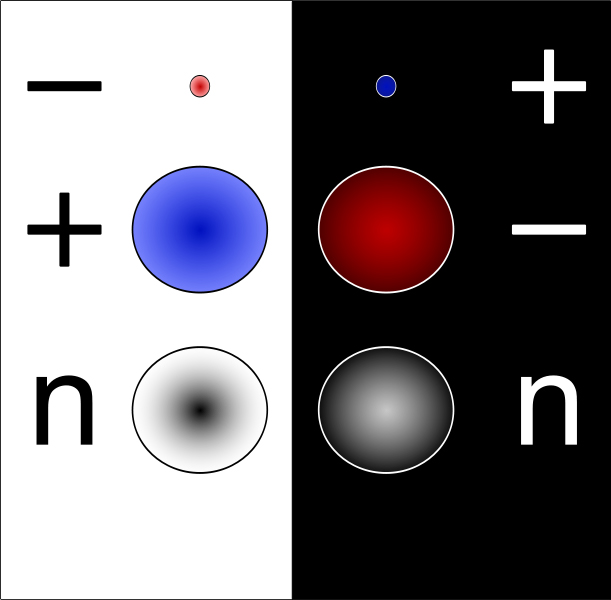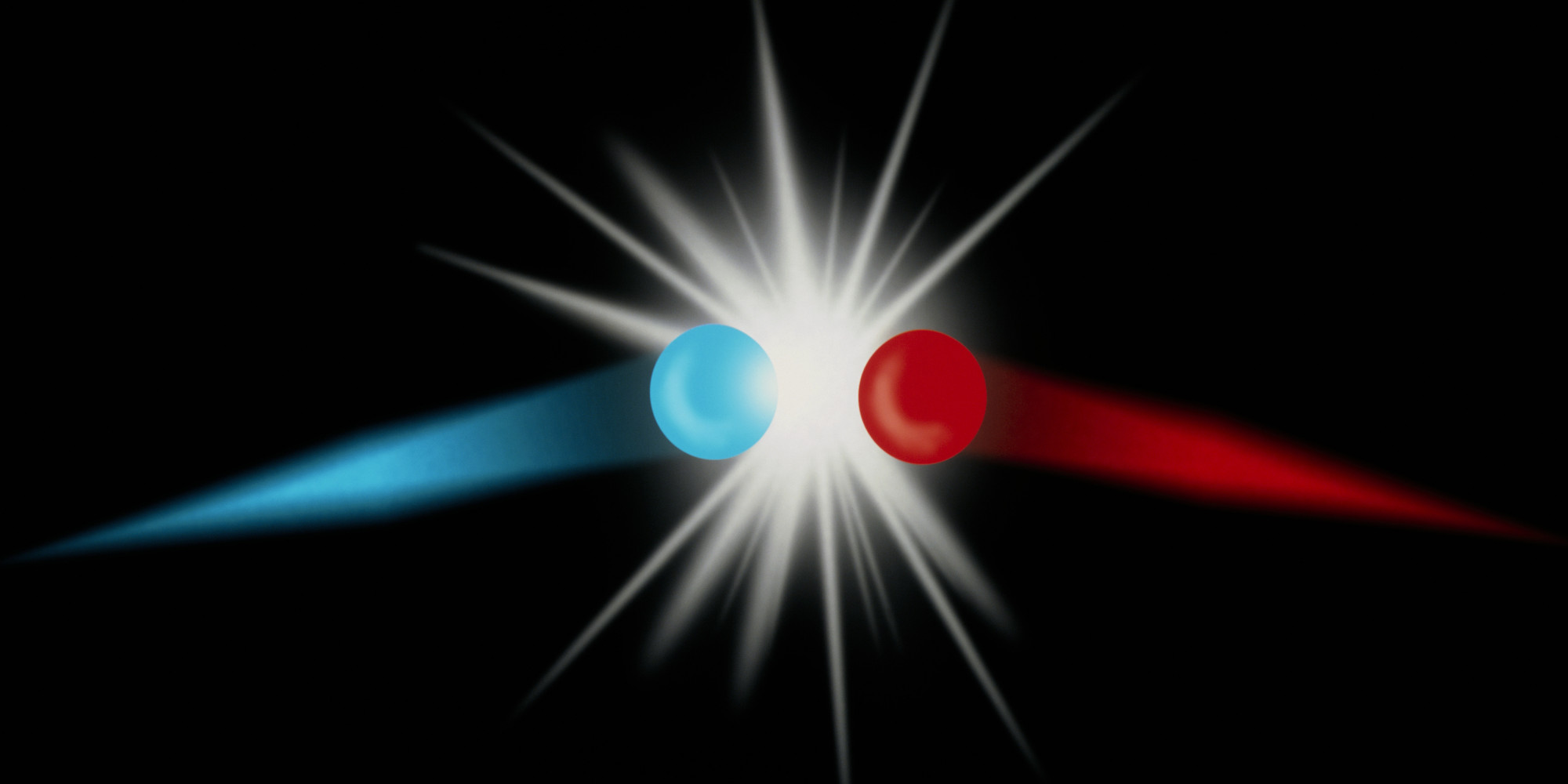
It's an extremely interesting field, but it's not my speciality. Some theories imply that they can be their own antiparticle, however nobody has yet observed the signature of such a phenomenon. The first CP violation was discovered in 1964 6 for strange quarks, followed by bottom quarks in 2001, while charm quarks date back only to mid-March of this year at the LHC! Neutrinos have also been studied from this perspective. S.: For now they involve s, b, and c quarks-respectively strange, bottom, and charm 5-in addition to their antiquarks. This is the objective of the many experiments conducted in particle accelerators, such as the LHCb 3 experiment at the LHC (Large Hadron Collider) at CERN. In other words, something doesn't "fit." In particle physics we are therefore more interested in listing and understanding the conditions in which CP-symmetry is violated than in antimatter itself. The Standard Model of Particle Physics does contain CP violation, but in too small an amount to explain the Universe as we currently observe it. The observable Universe is completely dominated by matter, and this implies the existence of a violation of CP-symmetry. However, we have never found the signature of the contact zones between matter and antimatter, which should release an enormous amount of energy with a very distinctive signature. Where does this difference come from, and where is the missing antimatter? Some theories suggest the presence of antigalaxies. Both of them should have mutually annihilated one another, yet we exist today thanks to an excess of matter. The Big Bang started out from pure energy that produced as much matter as antimatter. 2 We come across a major problem when we turn to the theory of the Big Bang, as well as observations of the evolution of the Universe. The discovery in 1964 of a different behaviour between matter and antimatter complicated the picture, a phenomenon that is known as CP violation. Until the 1960s, it was even thought that matter and antimatter had fully symmetrical behaviors. S.: In most cases in particle physics, matter and antimatter have identical roles. Why are researchers so interested in antimatter? The heaviest antielement observed is antihelium 4, which consists of two antiprotons and antineutrons, and was obtained in 2011 at the Relativistic Heavy Ion Collider in the United States, located on Long Island. In general, subatomic antiparticles are simply referred to as "bar": the counterpart of the u quark is the ū antiquark, pronounced "u-bar." There are also antineutrons, antiprotons, and antiatoms. The positron, which was the first antimatter particle to be detected, is the antiparticle of the electron: it has the same mass, but its charge is positive.


The encounter of matter and antimatter prompts their annihilation and the release of energy. These partners share many identical properties, such as mass, lifetime, and spin, but they differ with regard to electric charge, and some of their quantum properties are inversed.

Marie-Hélène Schune: 1Matter and antimatter are formed by completely symmetric partners, with each elementary particle of matter having its corresponding image in antimatter. The first Night of Antimatter was held in fifteen cities on 1 April 2019 to celebrate the advances and mysteries in this cutting-edge field of research.


 0 kommentar(er)
0 kommentar(er)
